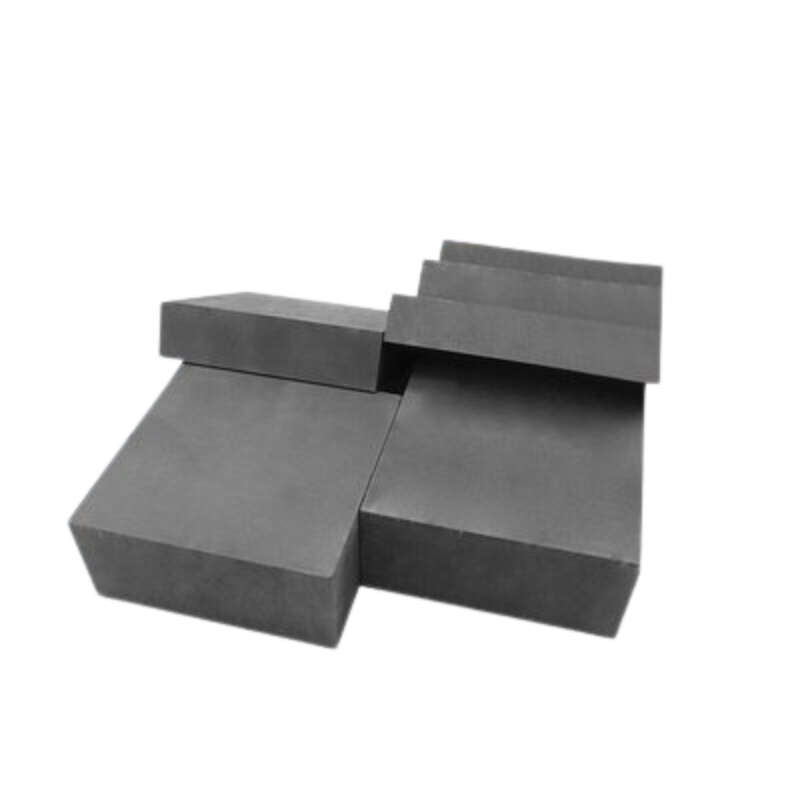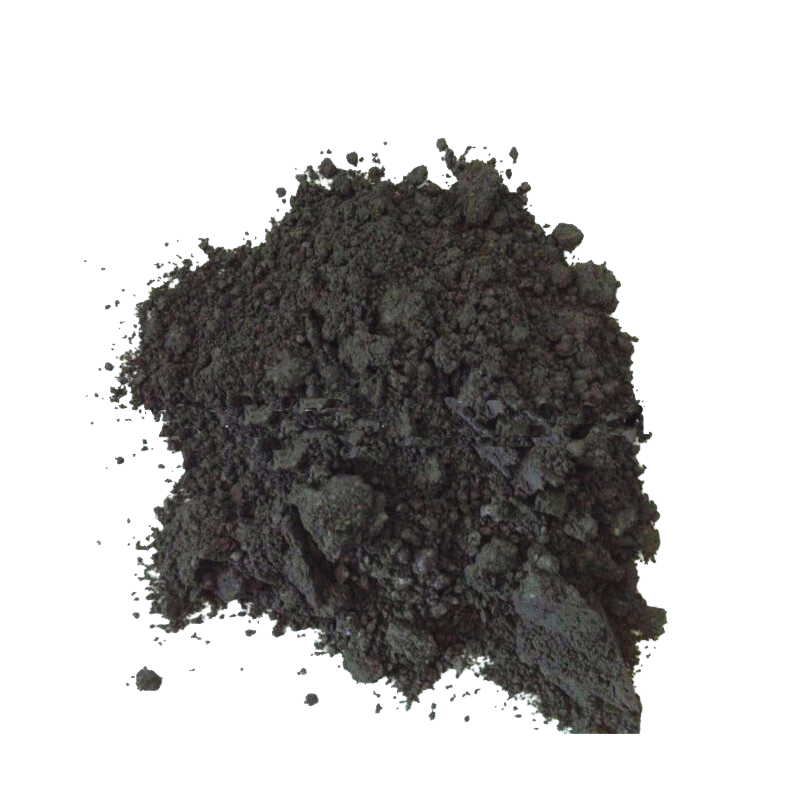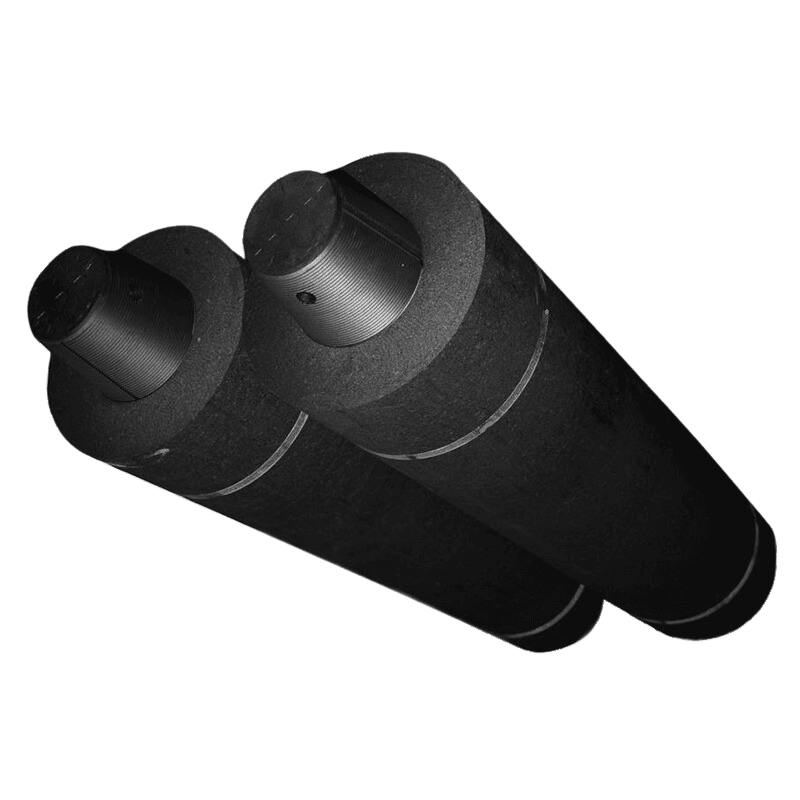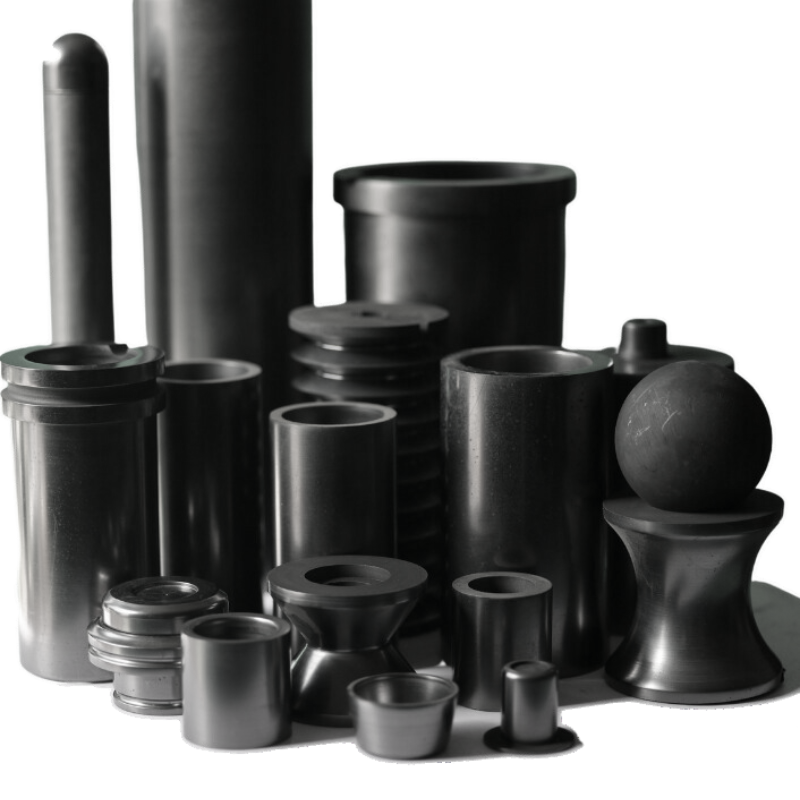In the ever-evolving landscape of manufacturing, the role of automation has become increasingly crucial, offering unparalleled efficiency and precision. One area where this transformation is particularly evident is in the realm of graphite mold manufacturing. Graphite molds, known for their versatility and durability, have found new horizons with the integration of automation processes, reshaping the industry and setting new standards for efficiency and quality.
Understanding Graphite Molds: Foundations of Precision
Before delving into the advancements brought about by automation, let’s take a moment to understand the significance of graphite molds in manufacturing. Graphite molds serve as the backbone for a diverse range of industries, including aerospace, automotive, and electronics. Renowned for their thermal stability, low thermal expansion, and excellent electrical conductivity, graphite molds play a pivotal role in shaping intricate components with high precision.
Traditionally, crafting graphite molds involved intricate manual processes, requiring skilled artisans to meticulously carve and shape the molds. While this approach delivered satisfactory results, it was time-consuming and susceptible to human errors. Enter the era of automation, where technological innovation has redefined the way graphite molds are manufactured.
The Rise of Automation in Graphite Mold Manufacturing
Automation has brought about a paradigm shift in graphite mold manufacturing, streamlining processes and elevating precision to unprecedented levels. Computer Numerical Control (CNC) machining has emerged as a game-changer, allowing for precise and repetitive machining operations with minimal human intervention. CNC machines equipped with cutting-edge software can interpret complex designs and execute them with unparalleled accuracy, ensuring consistent quality across production batches.
One of the key advantages of automation in graphite mold manufacturing is the significant reduction in production time. What once took days or even weeks to manually craft can now be accomplished in a fraction of the time, thanks to the efficiency of automated systems. This not only accelerates time-to-market but also enhances overall productivity.
Enhancing Precision through Computer-Aided Design (CAD) Integration
The integration of automation extends beyond the physical machining processes; it begins at the design stage. Computer-Aided Design (CAD) software has become an integral part of graphite mold manufacturing, allowing engineers to create intricate and complex designs with precision. CAD systems seamlessly communicate with CNC machines, translating digital blueprints into tangible graphite molds.
The marriage of CAD and CNC brings a level of precision that was once unimaginable. Engineers can fine-tune designs with utmost accuracy, and the CNC machines execute these designs with meticulous attention to detail. This synergy ensures that the final graphite molds precisely mirror the intended specifications, meeting the stringent requirements of modern manufacturing.
Quality Assurance and Consistency
Automation not only accelerates the manufacturing process but also elevates the overall quality of graphite molds. CNC machines operate with unwavering consistency, reducing the likelihood of defects or variations in the final products. This level of precision is particularly crucial in industries where even the slightest deviation from specifications can have cascading effects on the end product.
Additionally, automation allows for real-time monitoring and quality control. Advanced sensors integrated into CNC machines can detect deviations from the intended design and make instantaneous adjustments, ensuring that each graphite mold meets the highest standards of quality.
Future Trends and Sustainability
As technology continues to advance, the future of graphite mold manufacturing automation looks promising. Artificial Intelligence (AI) is gradually making its way into the industry, offering predictive maintenance capabilities and further enhancing the efficiency of CNC machines. Predictive algorithms can analyze data from the machining process, foresee potential issues, and proactively address them, minimizing downtime and optimizing production schedules.
Moreover, the adoption of sustainable practices is gaining traction in manufacturing. Automated systems can be designed to optimize material usage, reducing waste and contributing to a more environmentally friendly production process. This aligns with the growing emphasis on sustainability in modern manufacturing practices.
Conclusion: A New Era of Precision
In conclusion, the integration of automation into graphite mold manufacturing marks a transformative period for the industry. The marriage of CNC machining, CAD design, and advanced quality control processes has elevated precision, reduced production times, and set new benchmarks for quality assurance. As we look to the future, the synergy between technology and manufacturing will undoubtedly continue to shape the landscape of graphite mold production, ushering in an era of unparalleled efficiency and precision.





